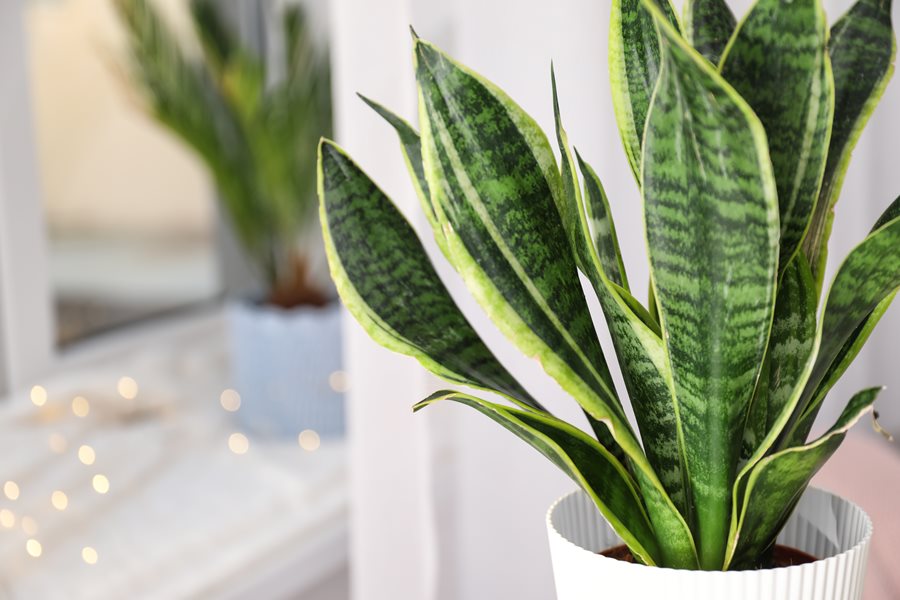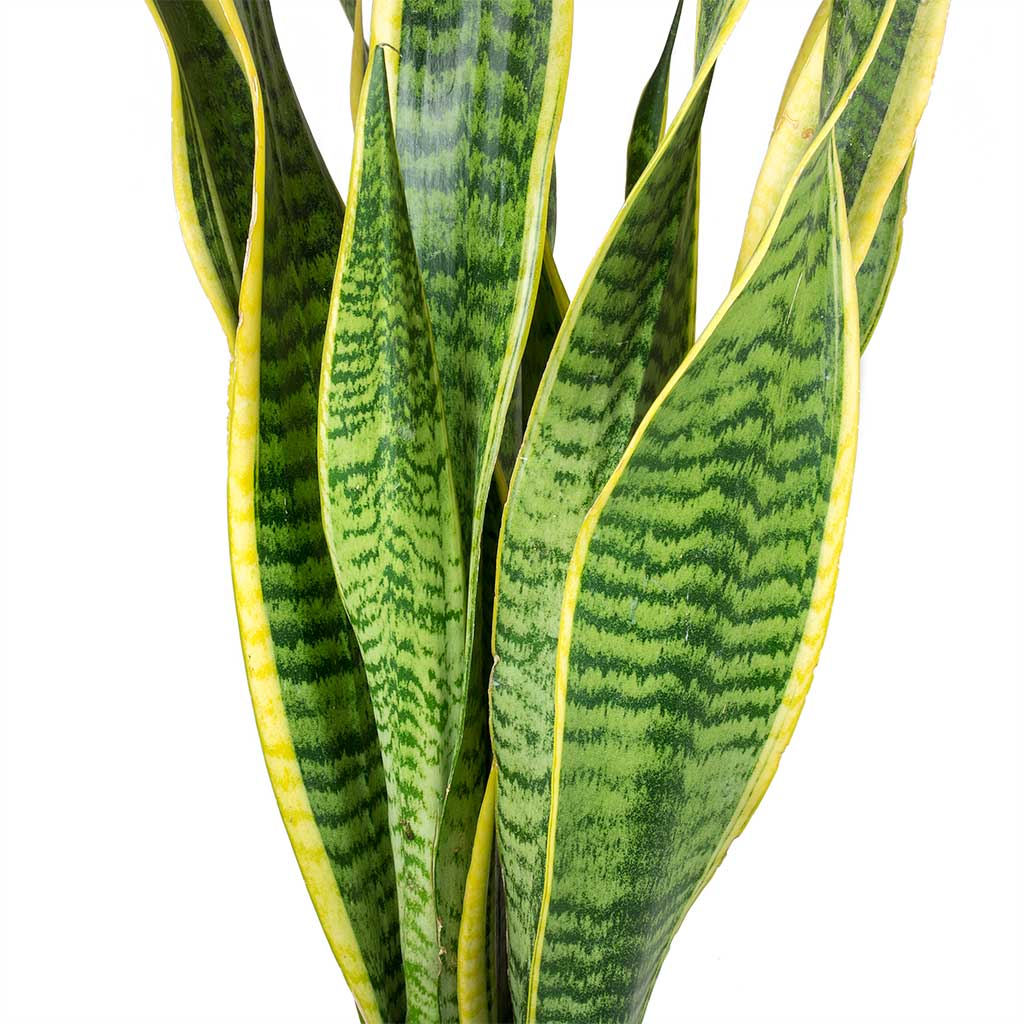The 4-Minute Rule for Snake Plant Leaves Turning Yellow
Wiki Article
A Biased View of Snake Plant Leaves Turning Yellow
Table of ContentsSome Known Details About Snake Plant Leaves Turning Yellow A Biased View of Snake Plant Leaves Turning YellowMore About Snake Plant Leaves Turning YellowSome Known Incorrect Statements About Snake Plant Leaves Turning Yellow Things about Snake Plant Leaves Turning YellowSnake Plant Leaves Turning Yellow Fundamentals Explained

Ideally, you should include a fluid fertilizer to the plant's water. It is much better to give serpent plants inadequate plant food rather than way too much. Do not fertilize snake plants in the winter. Repotting Flat pots with large sizes are ideal for Sansevieria, as the plants develop thick rhizomes that spread flat simply under the surface of the dirt.
This is just essential when the plants are entirely rooted through, if the rhizomes push each other up out of the soil or expand over the rim of the pot. Some leaves may fall away over the sides on high houseplants as the root is not completely secured in the soil.

Get This Report about Snake Plant Leaves Turning Yellow
One especially pretty alternative of the easy-care house plant is the follower serpent plant (Sansevieria zeylanica). Circulating serpent plants The green-leaved serpent plant can be really conveniently propagated in the spring or summer via cuttings roughly 1.However, you ought to note when circulating the serpent plant which cut edge belongs at the leading and which at the base! The cut surfaces must be entrusted to completely dry in the air for concerning a week after reducing. Just after that ought to the leafed items be grown in moist substratum. They rapidly form small, rooted rhizomes in the semi-shade at 69.
Shorten the leaves of long-leafed varieties by concerning half to ensure that the plant is stable in the pot. With rosette-shaped growing Sansevieria, the private rosettes are carefully separated from each other to ensure that each one has a few origins. The items are planted individually in flower pots. Illness and Parasites The snake plant is a really durable plant also with moderate care and in sub-optimal conditions; it also forgives significant care errors.
Brown colored or limp fallen leaves are typically created by root rot, waterlogging or temperatures that are as well low. The most regular parasites on serpent plants are mealybugs.
Snake Plant Leaves Turning Yellow Things To Know Before You Buy
Sansevieria, Mother-in-Law's Tongue, Viper's Bowstring Hemp. There are many Learn More Here different kinds of Snake plant which all need the exact same treatment: Serpent plant moonshine Snake plant Victoria Serpent Plants can stay in low light to bright, direct sunlight (Snake Plant Leaves Turning Yellow). They're the ideal plant to bring life to a dark room or cornerThroughout the cold weather really feel free to only sprinkle your snake plant once a month if the dirt is still damp after 2 weeks. Snake Plants do not have any type of particular moisture requirements however they favor drier settings. Snake Plant kingdoms do not have any kind of particular temperature demands, yet will experience if based on temperature levels below 10C.
Its slow-moving growth price makes it reasonably uncommon in the trade. There are 2 nearly identical forms, among which is'Nelsonii'.'Nelsonii 'circulates true to type from fallen leave cuttings while the other kind, additionally marketed as'Nelsonii', have to be circulated by rhizome division since fallen leave cuttings yield S. trifasciata.
Harvesting bed-grown sansevieria is a discerning thinning process. Solitary rosettes of preferred size are cut from the continuing to be glob by hand with a weeding blade or similar cutting tool, and raised from the bed. Fully productive beds are gathered 5 to 6 times each year to avoid crowding of young plants which distorts new rosettes.
Facts About Snake Plant Leaves Turning Yellow Revealed
Research has shown that S29 pound per extra pound. Nonvariegated plants are generally much more productive than variegated cultivars of the very same types. Some nurseries grow tiny plants from leaf cuttings in either ground beds or elevated benches.
5 inches into a well drained pipes but damp medium. Considering that the top and basic end of cuttings extracted from the mid-section of taller kinds is challenging to identify visually, it is usually preferable to mark or notch one end of the cuttings continually to aid in sticking. Cuttings stuck inverted will not develop origins.
The Ultimate Guide To Snake Plant Leaves Turning Yellow
Root and shoot advancement happens much more slowly at lower temperature levels; look here temperature levels below 60F ought to be avoided. Relying on cultivar, reducing size, section of fallen leave utilized, and its physiological conditions, fallen leave cuttings will generally create 1 to 5 plantlets. Plantlets ought to be broken or cut from the leaf reducing when they reach the desired sized.
10 to 12 fertilizer applications per year to supply beds under field problems or under structures will certainly keep sufficient fertility, plant vigor, and top quality. Nitrogen is one of the most important aspect in most baby rooms in terms of restricting the rate of plant development. Supply beds ought to obtain 500 to 750 extra pounds per acre each of nitrogen (N) and potash (K2O).
Snake plants are an excellent addition to any home. Nonetheless, if you've got one and you observe that the leaves of your snake plant are splitting, don't stress! There are numerous points that might be triggering this problem, and we'll note them listed below. After determining how your snake plant's leaves are splitting (and ideally avoiding them from doing so in the future), you'll have the ability to keep your favorite houseplant healthy for many years.
Signs and symptoms include plants that don't obtain enough water or plants that are over-watered. Plants that don't get sufficient water will certainly have dry leaves and stems, with big voids in between the split locations of their leaves. Over-watered plants will have soft and saggy stems, as well as white areas on the bottom of the fallen leave.
The smart Trick of Snake Plant Leaves Turning Yellow That Nobody is Talking About
If your snake plant's leaves are splitting, it might result from great site overwatering. When you sprinkle your serpent plant, you intend to prevent soaking the soil so it stays wet yet not soaked. If you water as well commonly or way too much, then the soil can become also wet and will certainly not soak up moisture as easily when watered once again.Report this wiki page